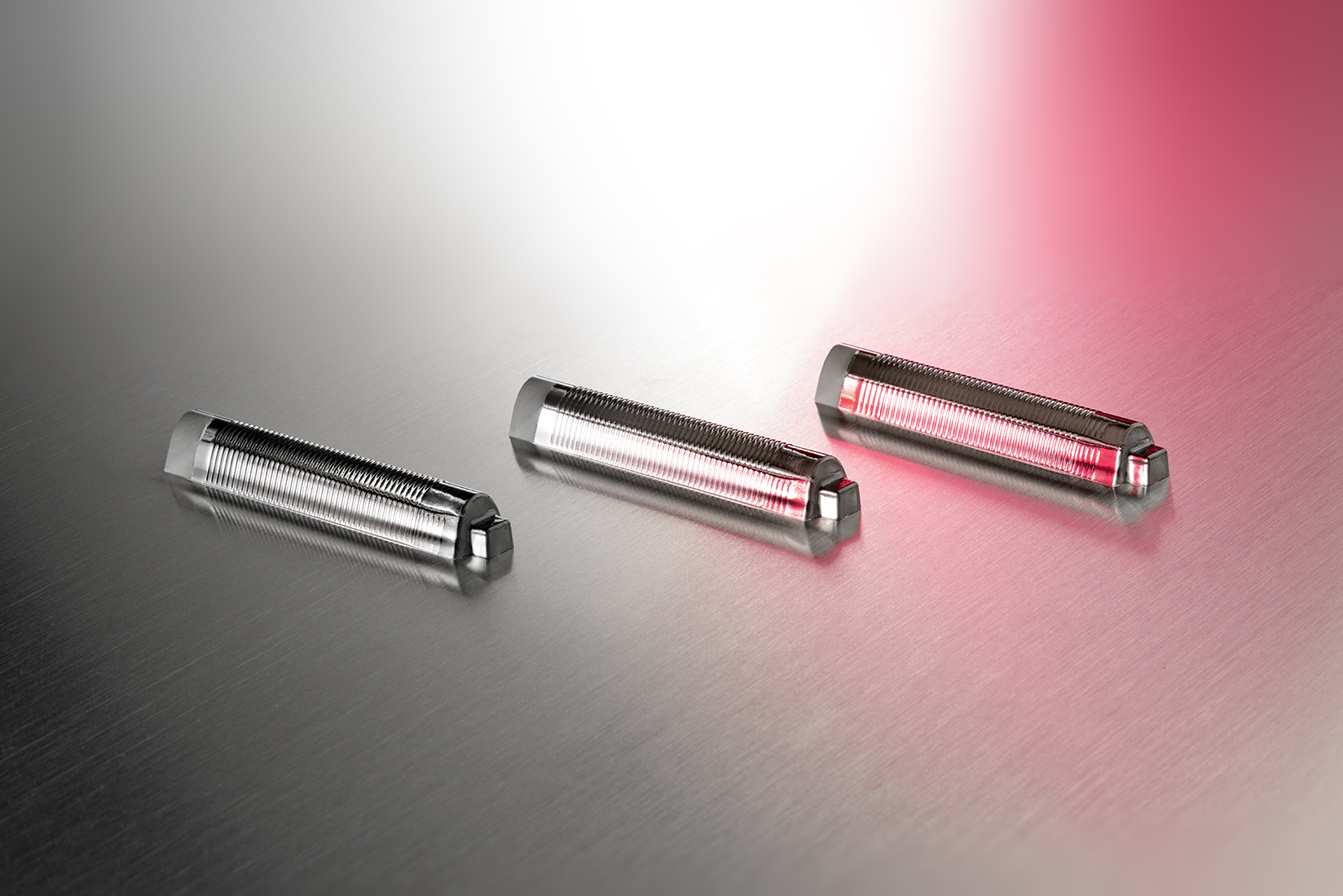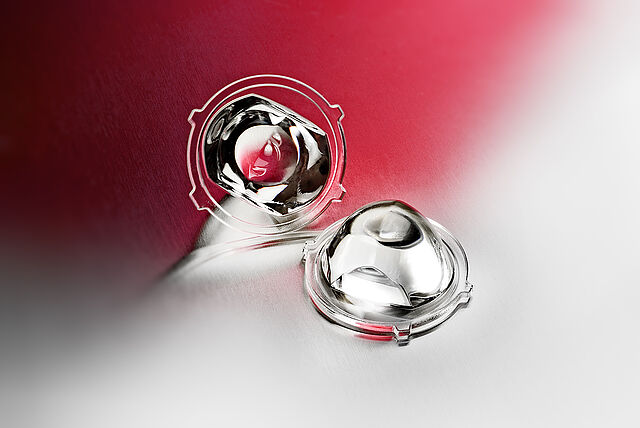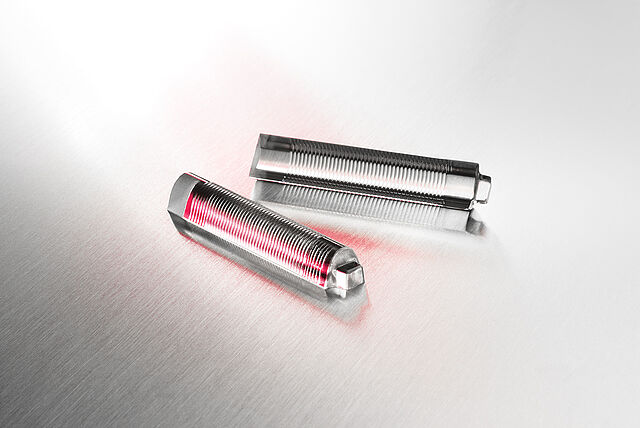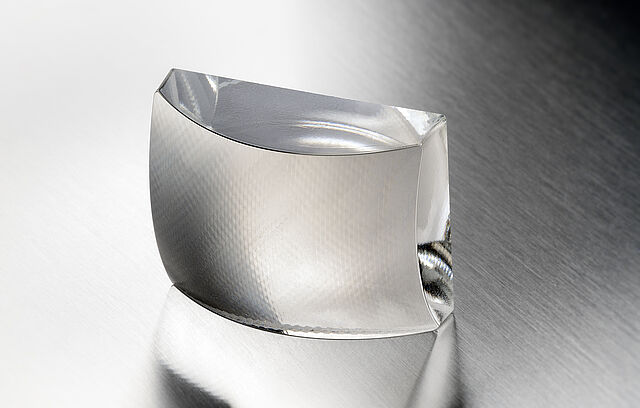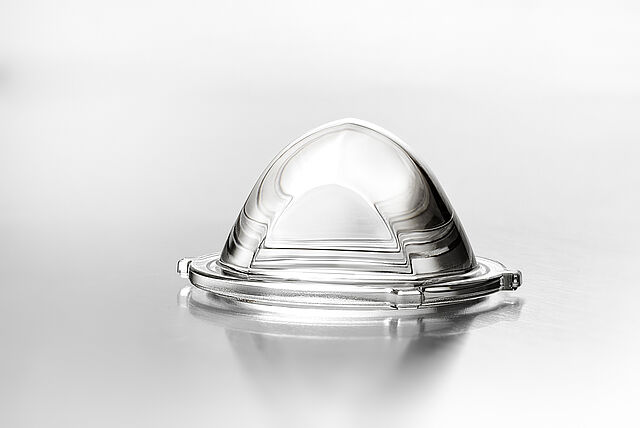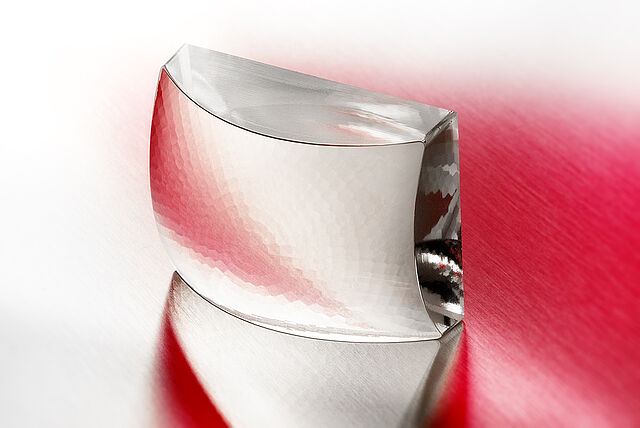Due to substantial safety and drive comfort benefits the number of cars with headlamps using Adaptive Driving Beam (ADB) or glare-free high beam technology is rapidly increasing. Paired with cameras and detectors for scanning the road and its surroundings, this technology is able to significantly reduce glare in traffic and to improve vision for the driver. Various methods to reach this goal are already in series production, like LED matrix and LED pixel light systems. Others are still subject of current research and development like µAFS, Digital Light Processing (DLP), Micro Electro Mechanical System (MEMS) and Liquid Crystal Display (LCD) systems.
All of these methods have the requirement of precise primary and secondary optical components, which are able to handle the high optical power densities of new LED and laser light sources. Besides glare minimization, increase of driver’s seeing distance, smoothness and latency of light change, the image and pixel resolution is the key factor for a homogeneously illuminated area with separable bright and dark spots. In many systems, e. g. with LED matrix or pixel lighting, the optics need to sit close to the light sources (LED, laser) to deliver maximum luminous efficiency. In such cases, the respective material must withstand very high thermal loads as well as external impacts like UV radiation and chemicals while maintaining its geometrical properties and optical performance over the complete car lifetime.
New multi-pixel technologies like DLP and MEMS only need one imaging lens in principle. However, there are micro mirror chips on the mass market for video and cinema projection, whose resolution already succeeds the limit defined by the current projection lenses, i. e., chromatic lens aberration results in a smoothing and broadening of sharp pixel edges and produces multiple disturbing colors in close vicinity. Complex lens systems to correct this and other optical aberrations are therefore required. This again affects total system size, weight and price.
The light performance improves when using glass lenses with high contour accuracies and low dispersion. For obtaining highest optical efficiencies, additional dichroic coatings reduce remaining reflections at the optical transitions and allow for tailored transmission in narrow and broad bands. Besides such optimized anti-reflective (AR) or infrared (IR) coatings, also the color impression in transmission and/or reflection can be customized.
We use cookies. Some of them are necessary to make the website usable. Others help us display information that is relevant and engaging to you. As data protection is important to us, we ask you to decide on the scope of use. You can either accept all cookies or choose your individual settings. You can withdraw your consent at any time by reopening this tool. Thanks and enjoy our website!
This is an overview of all cookies used on this website. Please make your individual settings. You can adapt them at any time by using the "Cookie settings" link in the footer of this website.
These cookies are essential to the operation of the website, e.g. by saving your cookie settings.
| Name | alto. Cookie |
|---|---|
| Provider | Provider |
| Purpose | Saves the visitor's settings |
| Identifier | alto-cookie |
| Validity | 1 year |
Tools collecting usage data anonymoulsy, giving insights into how to improve our services for you.
| Accept | |
|---|---|
| Name | Google Analytics |
| Provider | Google LLC |
| Purpose | Google cookie for website analyses. Creates statistical data on website usage. |
| Privacy | https://policies.google.com/privacy |
| Identifier | _ga,_gat,_gid |
| Validity | 2 years |
Tools enhancing the browsing exerience, e.g. maps or videos.
| Accept | |
|---|---|
| Name | YouTube |
| Provider | YouTube, LLC |
| Purpose | Used to unlock Youtube contents. |
| Privacy | https://policies.google.com/privacy |
| Identifier | yt-remote-fast-check-period, yt-remote-session-app, yt-remote-session-name |
| Validity | Session |
| Accept | |
|---|---|
| Name | Google Maps |
| Provider | Google LLC |
| Purpose | Used to unlock Google Maps contents. |
| Privacy | https://policies.google.com/privacy |
| Identifier | NID |
| Validity | 2 Years |
| Accept | |
|---|---|
| Name | Vimeo |
| Provider | Vimeo, LLC |
| Purpose | Used to unlock Vimeo contents. |
| Privacy | https://vimeo.com/privacy |
| Identifier | vuid |
| Validity | 2 Years |
